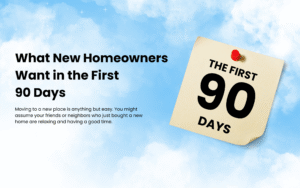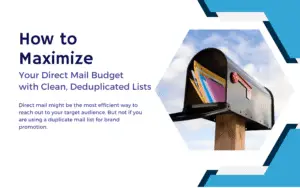Four or five times a year, we get calls from entrepreneurs, inventors mainly, looking for marketing help. As far as I can tell, that’s about average for a small marketing agency.
Recently, we heard from a vibrating shoe man, a couple with a terrific new home-schooling program and a woman with a new Luxury Magazine but no circulation!
Naturally, they all had small (very small) marketing budgets. Oddly enough, that’s only #2 on the list of challenges they brought with them. #1 was their pre-conceived notions of what they wanted us to do.

Ideally, new clients should be telling us what they want done and what their budget is, however small it may be. We’d ask a few questions and then come up with our first recommendation: essentially a “let’s do it” or “forget about it”, although we’re never that blunt. It rarely happens that way, though. All those preconceived notions.
A big idea doesn’t always need a big budget, at least at first.
The most important thing is to find out if the new idea has the potential to become a business. Sometimes, it’s obvious. You’ll know what I mean if you watch The Shark Tank.
Then, if the idea seems like it might have wheels, you test. I can’t tell you how many of our visitors say something like: “Test? You’re supposed to be the experts. Why do you have to test?” I’m tempted to refer them to Ron “We didn’t test at Apple” Johnson, former CEO of J.C. Penney.
Then comes a stumbling block: our agency fee. I keep trying to think of new ways to explain why we can’t work in exchange for a share in the new business.
Eventually we get down to brass tacks.
How are we going to make this happen with very little money?
One of the first things you need to do is determine the “allowable cost per order”.
Once we get a handle on the allowable, we usually recommend very tightly targeted direct mail in small waves of a few hundred letters. Sometimes all it takes is a carefully written personal letter to the right people. You might try three or four letter-copy approaches. This almost always works on a small and inexpensive scale.
Yet, when an association president came to see us a few months ago, she turned down a direct mail approach. She wanted to sell booth space at her annual convention. “Direct mail’s too expensive,” she said. It’s not. In fact, we could probably have met all of her goals for about $5,000, all in.
She eventually spent around $60,000 on trade ads and wound up with no exhibitors at all.
Occasionally even just a postcard will work wonders. Postcards work in very rare specific cases. For example, when I worked on the Marshalls account, a buyer told me she’d snagged an amazing deal on comforters from a great designer. She bought 100,000 of them. Usually priced at about $700, the Marshall’s price would be $79.99. Perfect for postcards.
We rushed out a postcard mailing two days later and the comforters were sold in a flash. Postcards work when you can combine a simple story with a visual element, an absolutely irresistible bargain, a targeted audience and an event.



